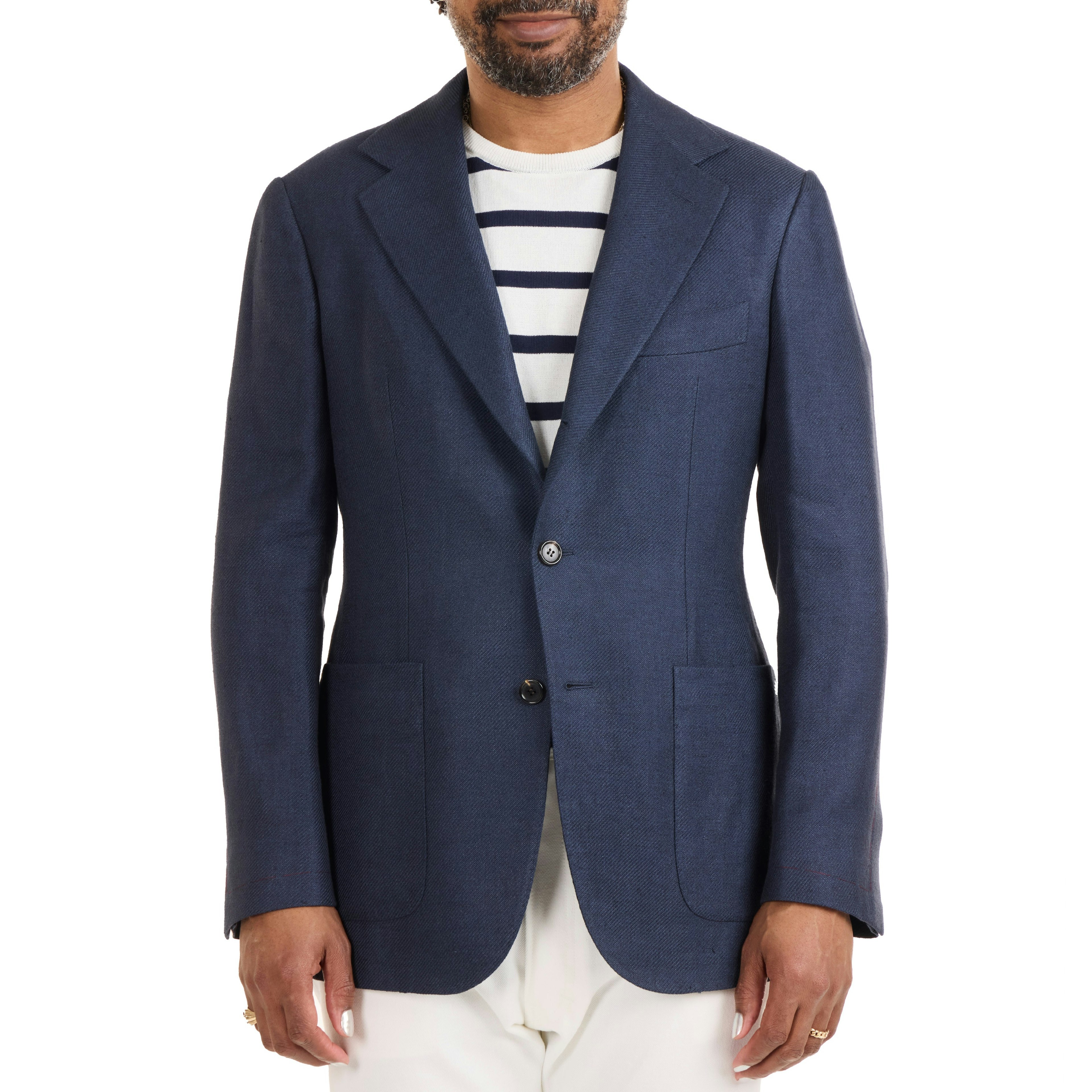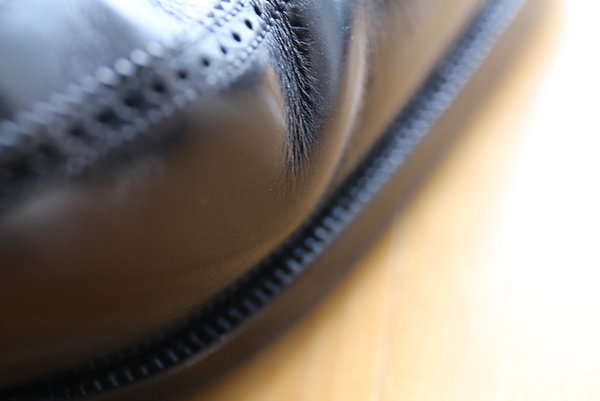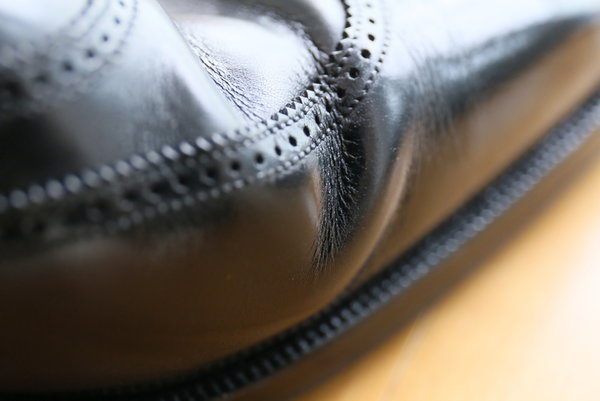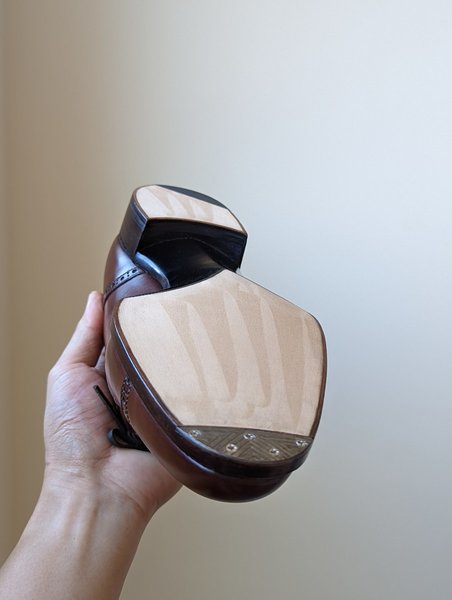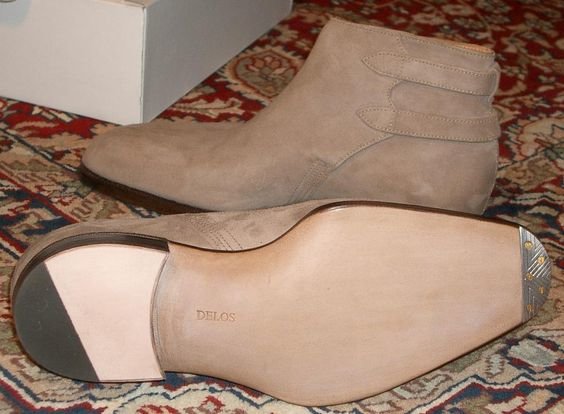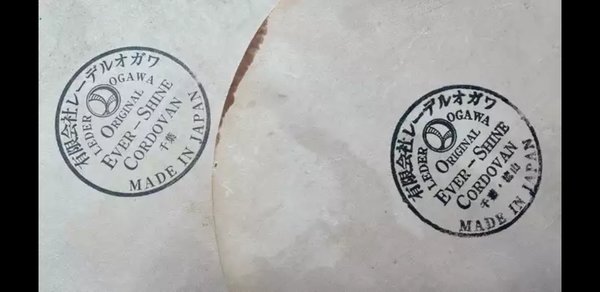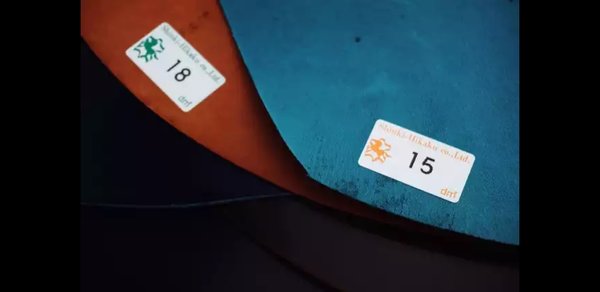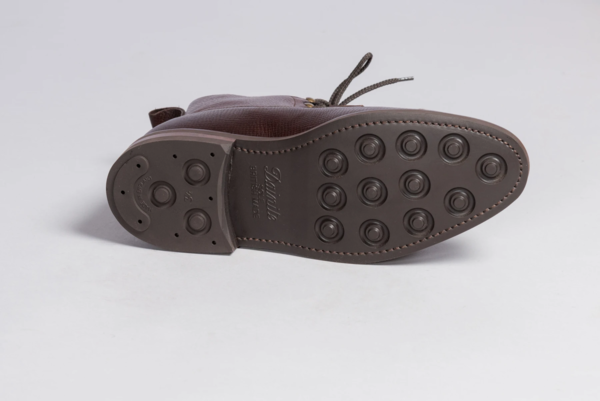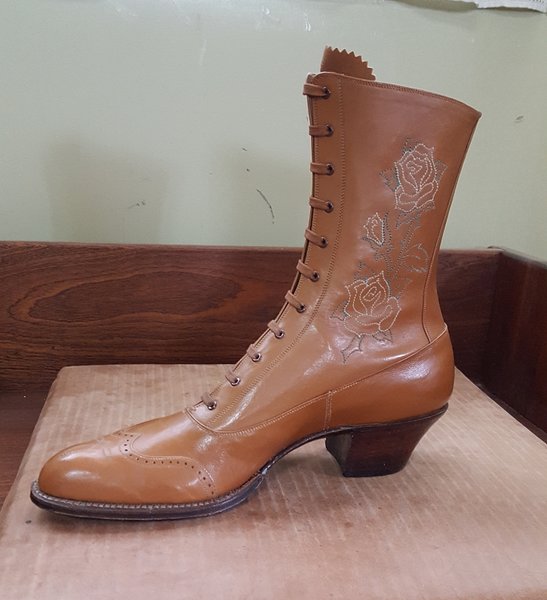- Joined
- Jan 8, 2008
- Messages
- 10,132
- Reaction score
- 5,714
Thank you.
No, if done correctly, pegged work is not faster...or not significantly faster, at least. Much of the same work must be done in either approach and there are some techniques that are unique to each.
That said, some makers skip or eliminate certain steps that they feel are unnecessary. Such as that extra row. Or whipping the upper to the insole.

Pegged outsoles will always be a bit stiffer to walk in even if only one row is driven. Pegs are vertical fasteners and their orientation is, by default, in opposition to the bending of the leather during walking.
This looks really beautiful. The examples of pegged soles I've seen were always with a single row of pegs.
For my first pair of bespoke shoes, I was deliberating between welted vs. pegged soles. According to my shoemaker, pegged soles are faster to make. Any truth to this? He also said hand-welted soles feel a bit more comfortable while wearing. Not sure if I really understood him on that last point, though.
Anyways, I went with the hand-welted soles - perhaps next time I will try pegged ones.
Thank you.
No, if done correctly, pegged work is not faster...or not significantly faster, at least. Much of the same work must be done in either approach and there are some techniques that are unique to each.
That said, some makers skip or eliminate certain steps that they feel are unnecessary. Such as that extra row. Or whipping the upper to the insole.
Pegged outsoles will always be a bit stiffer to walk in even if only one row is driven. Pegs are vertical fasteners and their orientation is, by default, in opposition to the bending of the leather during walking.


